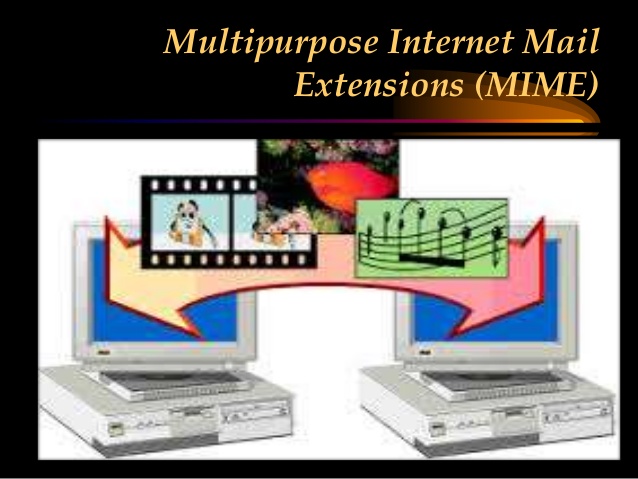We don’t think about email attachments that much. Of course, we use them all the time, but we rarely think about the technology that makes it possible. Well, that technology, called MIME, or Multipurpose Internet Mail Extensions, is now 25 years old.
When a technology matures to a quarter of a century, it’s time to stop for a moment and pay a homage of sorts. MIME is nearly as old as the Internet itself. It was first introduced in 1992 as a format extension for email, and brought in the ability to send the following content types:
- simple text messages using text/plain
- text plus attachments
- reply with original attached
- alternative content, such as a message sent in both plain text and another format such as HTML
- image, audio, video and application (for example, image/jpeg, audio/mp3, video/mp4, and application/msword and so on)
- many other message constructs
The standard was authored by Edwin Earl “Ned” Freed and Dr. Nathaniel Borenstein. In an interview that was hosted live on Twitter on the 20th anniversary of MIME in 2012, Dr. Borenstein gave the several nuggets of information:
- “MIME provides a standard & simple way to identify & share any kind of data across platforms.”
- “Without MIME, we’d have, in effect, hundreds of separate Internets, mostly vendor-specific.”
- “We botched anticipation of future changes to MIME, but as no major changes were ever needed it’s merely embarrassing. The error anticipating future changes results in 19 wasted bytes in every MIME object. I estimate it wastes 7 petabytes/year in global bandwidth.”
- In response to the question “Why did you choose the name MIME? Be honest, is it just because it’s a cool acronym?”, here’s what Dr. Borenstein says: “Basically yes — a cool name promotes adoption, it’s technical marketing. In fact, I believe that the best advice I ever got in my career was from Dave Crocker, author of the original email standards. He said: Find a catchy name. Catchy name means people say “I want MIME” instead of “I want RFC 1341.” Names are hooks on which we hang ideas.”
Although it was originally created for SMTP, or Simple Mail Transfer Protocol, the content types identified and defined under MIME standards are critical to communication protocols not related to email.
For example, under the HTTP protocol, servers insert the MIME header at the beginning of any web transmission. This header is used at the client side to choose the best type of viewer application for the content that the header indicates. Most of these viewer applications are built into the browser or web client. For example, browsers today have GIF and JPEG image viewers, as well as the ability to handle HTML files.
As such, it is a very important component in the evolution of Internet and Email technology as we know it today. So Happy Birthday, MIME!
Thanks for reading our work! Please bookmark 1redDrop.com to keep tabs on the hottest, most happening tech and business news from around the world. On Apple News, please favorite the 1redDrop channel to get us in your news feed.



